This week's best things
FACT’s purpose-driven restructure, pilots for a new digital cultural community, and Copenhagen’s green rewards scheme. Plus: optical corrections in design, kids on ditching phones, short-video brain effects, AI’s cultural bias, museum app woes, TikTok strikes, and the Prague Spring.

A bumper edition this week because I am off for the next couple of weeks.
Here are a whole bunch of good things.
FACT's org redesign
FACT's CEO, Nicola Triscott has shared some of the work that she's been leading on redesigning how FACT is organised and structured.
"At FACT, we've been trying something different. We mothballed the org chart and have been mapping roles around purpose instead of hierarchy. Three years later: fewer pointless meetings, people actually know what they're supposed to be doing, ideas cross departments without getting lost in bureaucracy."
The consultant they worked with, Sally McCutchion, has also written about her experience on the project.
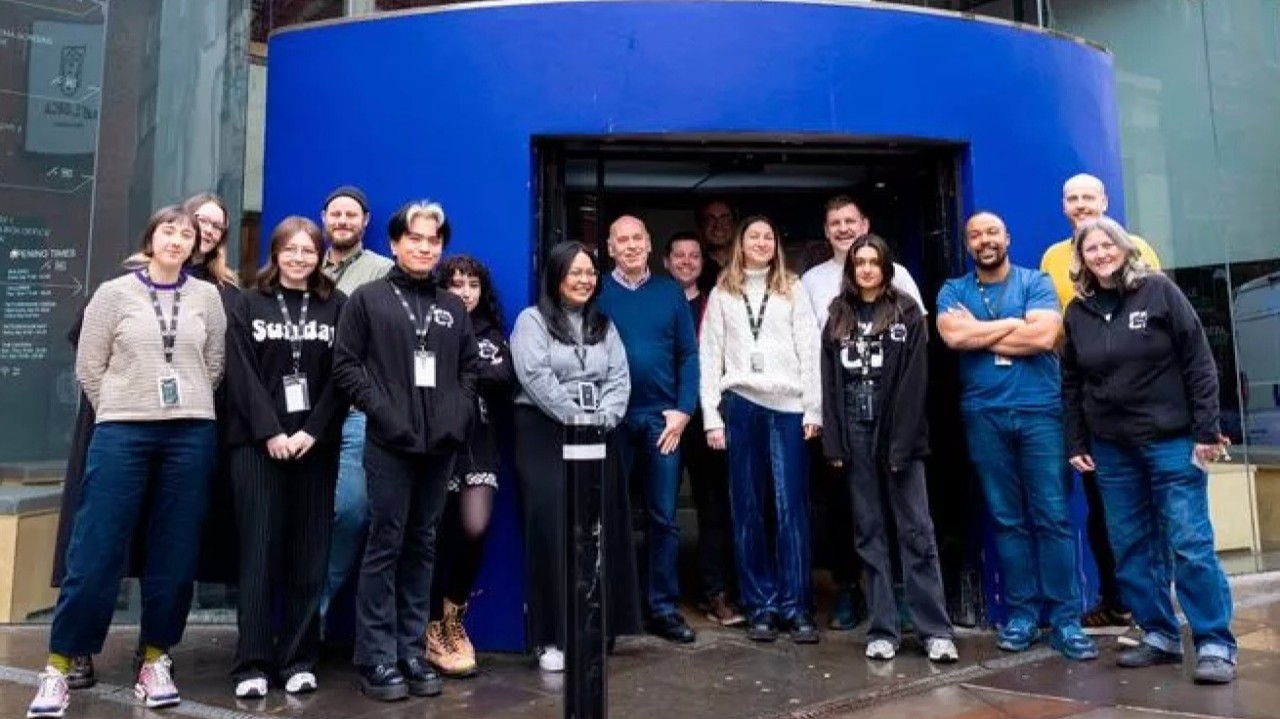

From ideas to pilots: shaping a new digital community for the cultural sector
On Monday I hosted two workshops to continue the conversations about the new community that I am building for people doing digital work in the cultural sector.
These latest workshops were intended to move the focus from 'what’s missing' to discuss 'what’s worth trying first'.
Lots of good, interesting, and exciting ideas are starting to emerge.

CopenPay
Spotted via Nick Sherrard, an initiative from the city of Copenhagen that rewards travellers to Copenhagen for making greener choices.
"Get rewarded by Copenhagen attractions such as a free lunch, a free boat tour, free bike rental, excursions or museum discounts. All you need to do is, for instance, bike instead of drive, help maintain the city, work in an urban garden or take the train to Copenhagen instead of flying, stay longer at the destination, etc."

Designing for the Eye: Optical Corrections in Architecture and Typography
If you're interested in design, ways of seeing, and how our eyes/brains perceive the world visually, then this long read is for you.
"When I look at another person, my brain will assign certain values to the length of that person’s arms, legs, and torso, and memorise them as some variety of line as well. If the brain didn’t do that, we would not be able to tell if a body or facial features were out of proportion. So in my view, something discernible only by people from a specific culture would have to be far more elaborate than an optical illusion of just a few lines.
While that was only my personal gut-feeling, I soon discovered that other people had made similar observations. One such time was when I first read Paul Renner’s 1940 book Die Kunst der Typografie (The Art of Typography). The book covers pretty much everything you need to know to become a typographer, including that you should not rely on measuring things but rather on what your own eyes tell you"
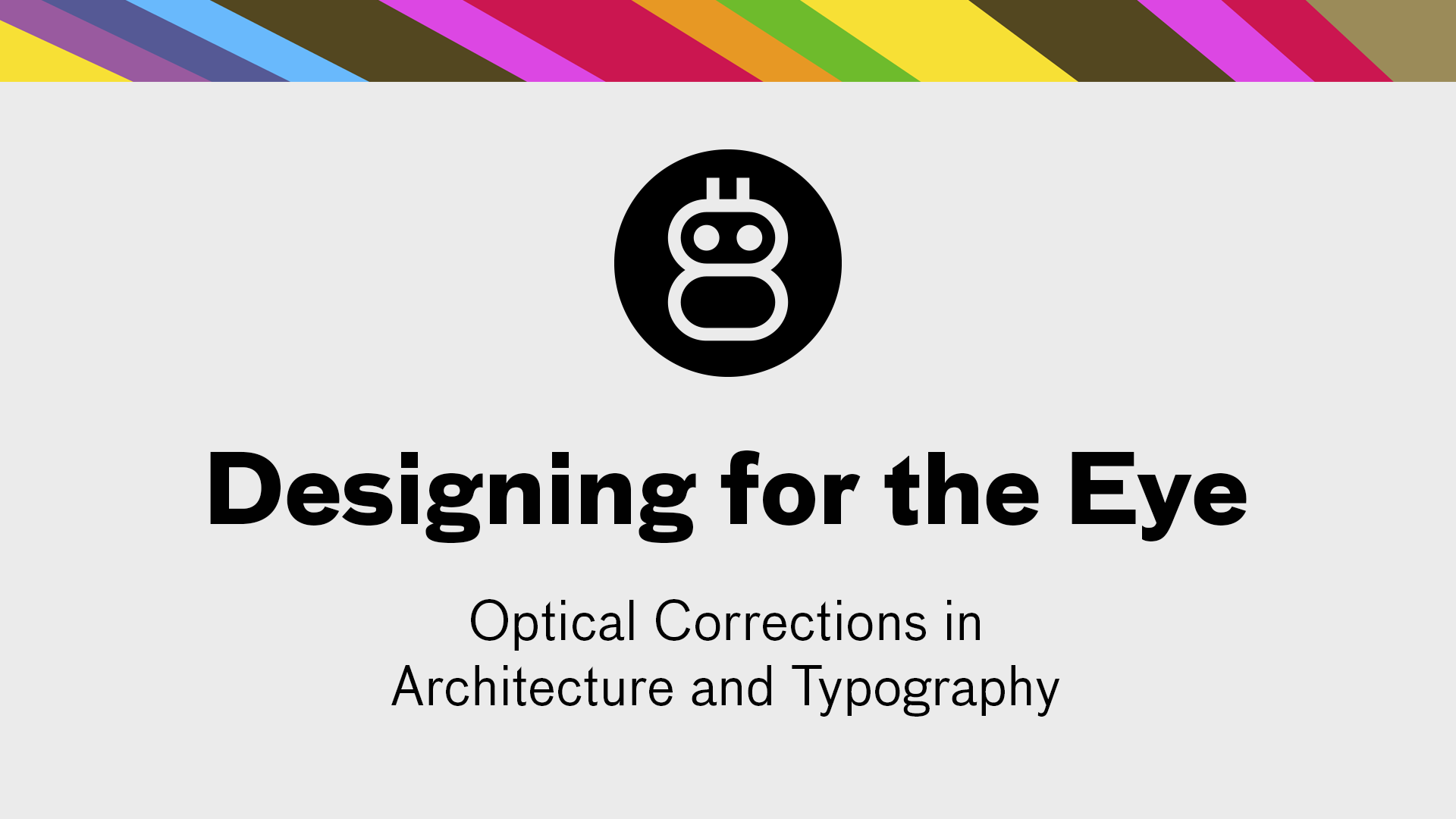
Royal Drawing School rebrand
And on the subject of subtle visual adjustments, a new visual identity for the Royal Drawing School from Pentagram.
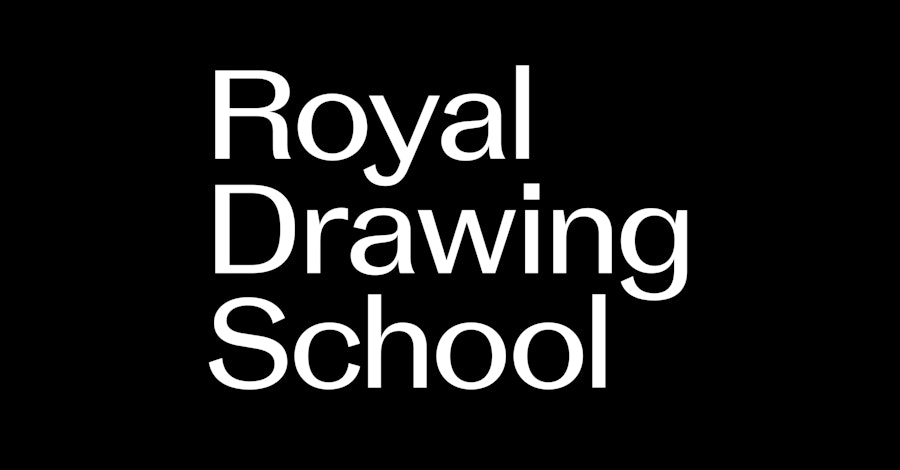
What Kids Told Us About How to Get Them Off Their Phones
A study in The Atlantic.
"Fewer than half of the 8- and 9-year-olds have gone down a grocery-store aisle alone; more than a quarter aren’t allowed to play unsupervised even in their own front yard.
Yet these are exactly the kinds of freedoms that kids told us they long for. We asked them to pick their favorite way to spend time with friends: unstructured play, such as shooting hoops and exploring their neighborhood; participating in activities organized by adults, such as playing Little League and doing ballet; or socializing online. There was a clear winner.
Children want to meet up in person, no screens or supervision. But because so many parents restrict their ability to socialize in the real world on their own, kids resort to the one thing that allows them to hang out with no adults hovering: their phones."

2 Ways Short-Video Addiction Changes Your Brain, By A Psychologist
A(nother) study on the cognitive impact of consuming short-form video content.
Also another mention for the importance of allowing yourself to be bored.
"Experts have now warned that this habit, which we often dismiss as “just watching videos,” is actually changing how our brains work. They are dulling our focus, weakening memory and even disrupting decision-making.
This is backed by new research published in NeuroImage. Researchers conducted a study that examined the psychological and neurological effects of short-video addiction. They used a combination of behavioral analysis, brain imaging and computational models of decision-making.
The study looked at how excessive engagement with short videos might influence the way our brains process rewards, risks and choices."

Floppy Disks, Forgotten Systems and Fragile Knowledge: Insights from the Retro Computing Community
I loved this from the Digital Preservation team at Cambridge University Libraries on the diversity, fragility, and value of floppy disks.
"Each machine came with its own quirks and user communities, some of which have faded into obscurity. Interviewees noted that business machines were particularly likely to disappear from memory, as they were often used only in workplaces and lacked the dedicated user communities that home computers inspired. Geographic location also played a role; the systems people encountered often depended on where they lived and what was available at the time.
This diversity makes preserving floppy disks both fascinating and daunting. A floppy disk arriving in a collection today could contain just about anything; software, personal data, documentation, or reused files layered across formats. Labels can be absent and even misleading. It was common practice to reuse floppies, as they were expensive at the time, which means software disks could be overwritten with personal files. People also modded their floppy disks in certain ways to increase their capacity, the most popular of this type being the Flippy Disk.
Disks found in garages and garden sheds, often stuffed into supermarket bags or boxes, pose a unique challenge. One interviewee referred to these floppies as ‘garden-shed floppies’ and they may have spent decades in poor conditions, but they can sometimes hold the only surviving trace of a now-lost system or project; or hold files from a prominent figure."
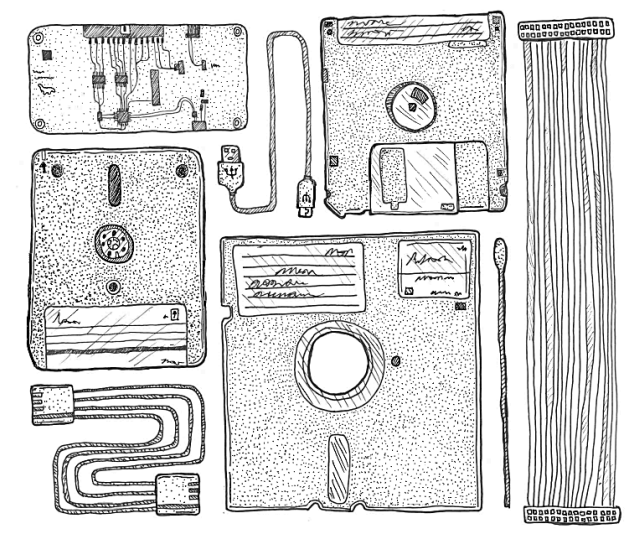
Historical Tech Tree
More on the history of technology, this time with a nice timeline.
"An interactive visualisation of technological history from 3 million years ago to today. It currently contains 1950 technologies and 2294 connections between them"
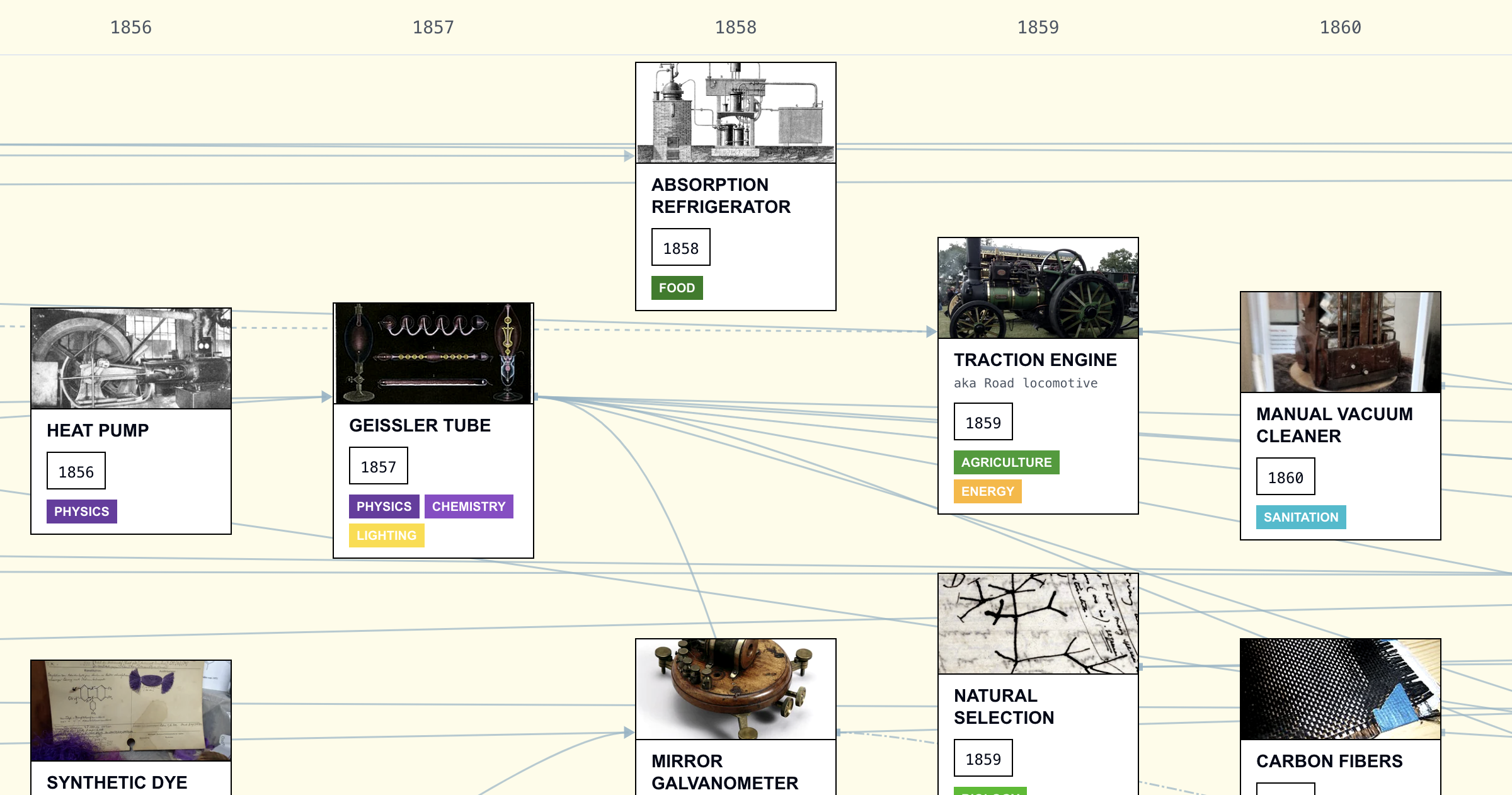
How Museum Audio Guide Apps Are Failing to Reach Visitors
Numerous caveats with this report - the main ones being it comes from an audio guide provider (Nubart), and it only looks at Android downloads. Nonetheless it's maybe a useful illustration of probable engagement numbers.
"After analyzing 175 official museum audio guide apps across Europe and the United States, we discovered a startling reality: only 2.47% of museum visitors actually download and use these native applications."
Although if nothing else it does ask a useful question "Are we really meeting visitors where they are?"
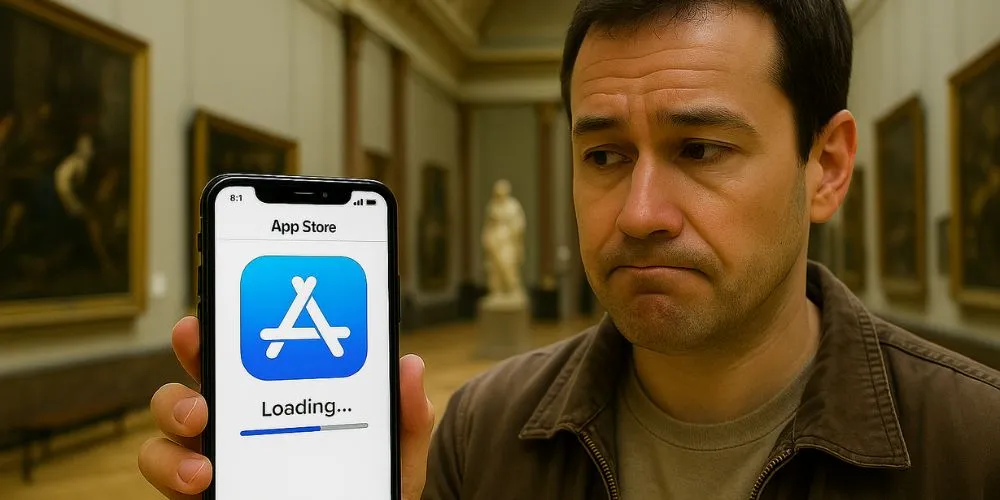
TikTok content moderators strike in Berlin: “We trained your AI – now pay us!”
A depressing move from TikTok, firing their trust and safety teams and replacing them with AI and cheaper, outsourced labour. In Berlin, the moderators are striking.
“It is disrespectful of TikTok to shirk all social responsibility and even refuse to negotiate with us. Today, the employees are sending a clear signal that they will not accept this. They are going on strike and, in doing so, becoming pioneers of union organizing in the platform economy,”
This seems to be part of a global push by Bytedance.
"Over the past year, TikTok has been cutting trust and safety staff worldwide, often substituting those workers completely with automated systems. In September, the company fired its entire team of 300 content moderators in the Netherlands. In October, TikTok announced it would replace about 500 content moderation employees in Malaysia in favor of AI-powered moderation. This past February, Reuters reported that TikTok was laying off significant portions of its trust and safety teams across Asia, Europe, the Middle East and Africa."


Mapping Stories Through Time: The Journey of Building StoryTerra
Spotted via Web Curios, the story of building a very nice-sounding project, StoryTerra.
"Have you ever finished a book set in feudal Japan and wondered what was happening in the Viking world at that exact moment? Or watched a film set in 1980s New York and wished you could explore other stories unfolding in that same decade? Or played a video game set in 19th century and wanted to know what other stories are happening in that time and location? I have. For me, the setting of a story, its specific location and time period, is a character in itself. It’s the magic key that lets you feel like you’re time-traveling.
I’ve always wanted a way to connect these threads, to see which stories were neighbors in time and space. I wanted a comprehensive database of books, movies, TV shows, and games, all mapped and time-lined. I searched for a website that would let me filter the world’s fiction by geography and history, but found nothing; there weren’t even databases containing this data.
So, I decided to build it myself. It sounded simple enough. It wasn’t!"


The cultural values of AI
A thoughtful and thought-provoking post from Tey Bannerman on Linkedin about the problems of AI models trained mostly on Anglo/European-centric language and social norms.
"Why does this matter? Imagine you're a global company rolling out AI customer service. Your system learns "best practice": when customers complain about late orders, "apologise briefly, offer a discount, and focus on quick resolution".
In Germany, the direct, efficient approach works perfectly. Customer satisfied.
But in Japan, that brief apology violates meiwaku - the cultural need to deeply acknowledge when you've caused someone inconvenience. Your "efficient" response feels dismissive and damages customer relationships.
And in the UAE, the discount offer backfires completely. It feels like charity rather than respect.
One AI system, similar contexts, completely different cultural outcomes.
This isn't intentional though - it's inevitable. LLMs absorb embedded patterns about communication from their training data, and most of that data comes from billions of English web pages and content. The result? AI systems that, unless thoughtfully shaped, are blind to the diversity of human interaction."
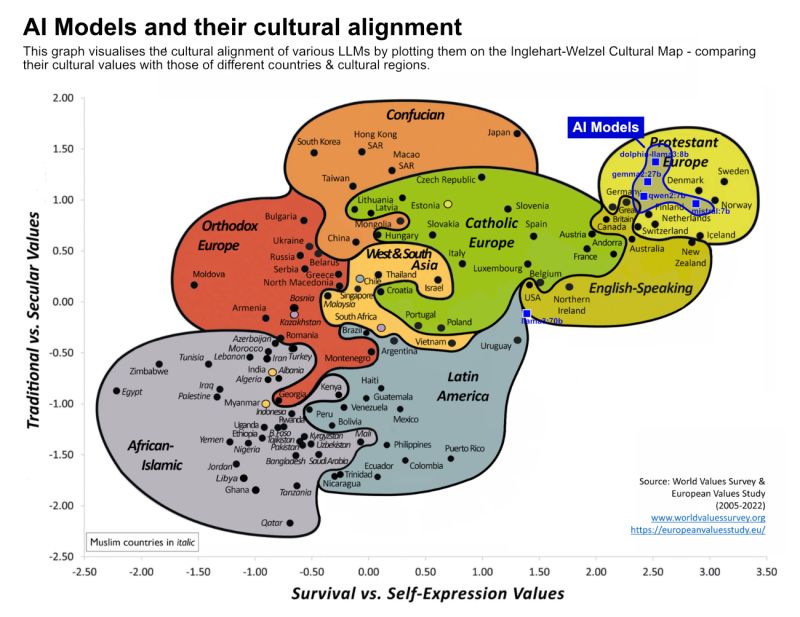
Stories in flux
A new series from my clever pal Annette Mees.
"At that story-coal-face it feels like the way we tell stories is changing in lots of interesting ways at the moment.
[...] In this series I will publish my conversations with writers, dramaturgs, thinkers, storytellers, game designers, immersive technologists and many others who think about stories and what might be changing and NOT changing about the way we make and tell them, right now."
The first interview with Naomi Alderman is online here.
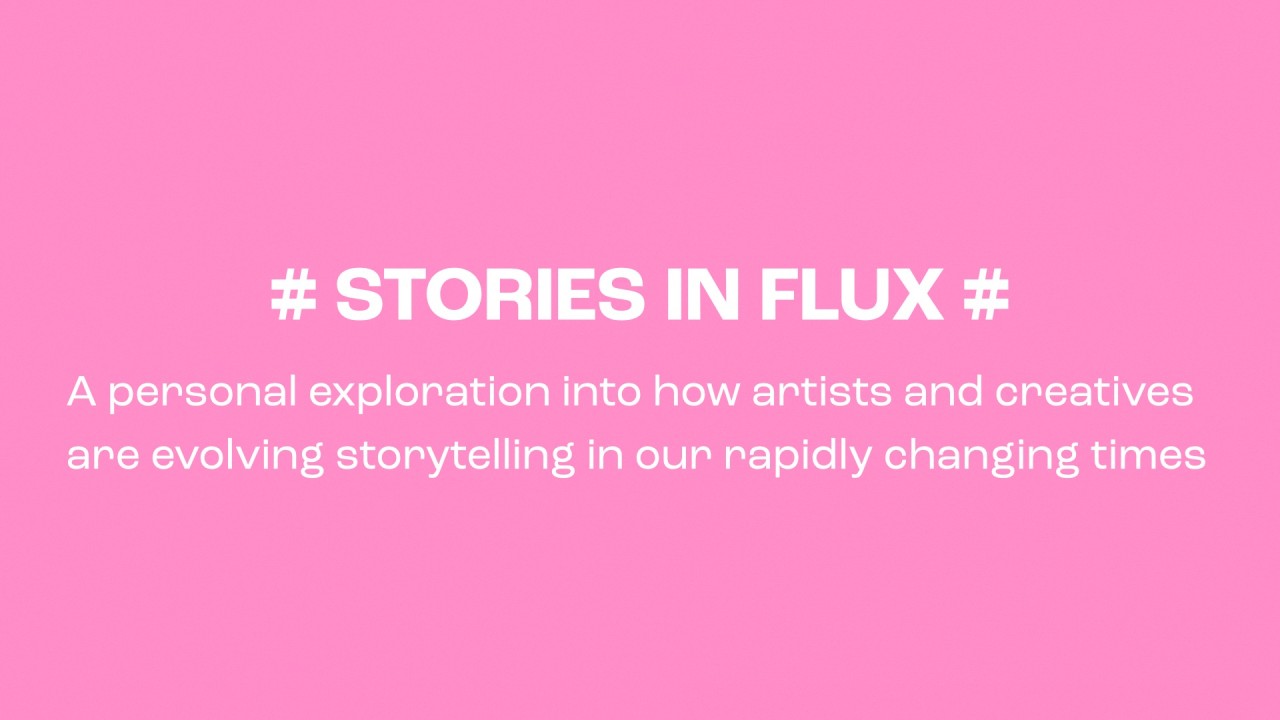
Last week's best things
The 3 most clicked links in last week's edition were:
- The Yale School of Art's unusual website
- My article on The Illusion of Alignment
- Sarah Morton's post on Contribution Analysis
This week's consumption
I went to see Heima at the cinema, which was wonderful.
We also watched this excellent film, Vlny about the work of the incredibly brave radio journalists during the Soviet invasion of Czechoslovakia in August 1968.
I finished Martyr! which never quite fully lived up to its promise, but was still enjoyable. And I also read The Wall by John Lanchester which was 1984-like in its bleakness, but quite readable. I've now started There Are Rivers in the Sky by Elif Safak which is very, very good.
On holiday I will read some combination of The Emperor of Gladness by Ocean Vuong, To Shake the Sleeping Self by Jedidiah Jenkins, Eleanor Oliphant is Completely Fine by Gail Honeyman, and Caledonian Road by Andrew O'Hagan
See you in a couple of weeks
Thanks for reading all the way to the end, please enjoy this video of lots of older Chinese ladies playing the drums together.
I'm on holiday now, I'll be back with the next edition in September. I've lined up a couple of pieces to publish over the next few weeks, one about responsibilities, and one about shared infrastructure.
















